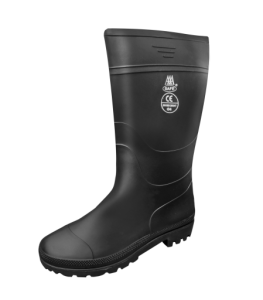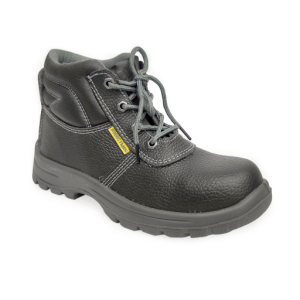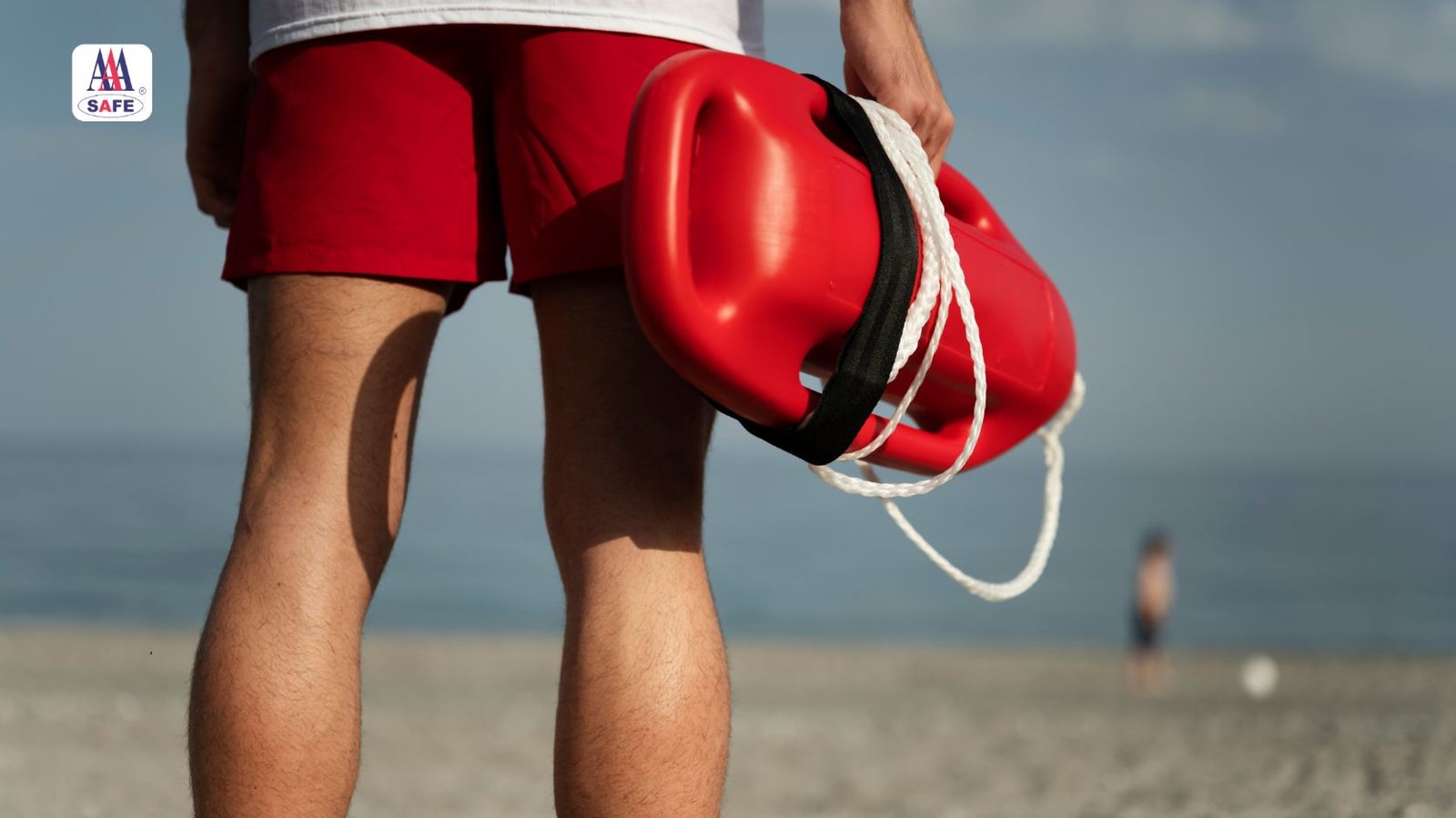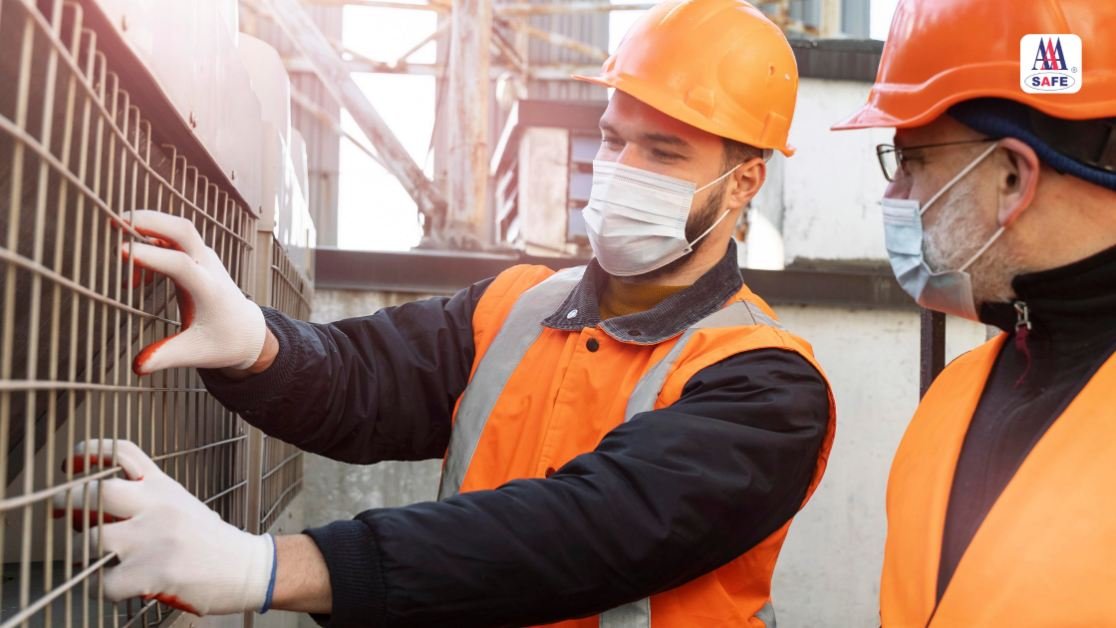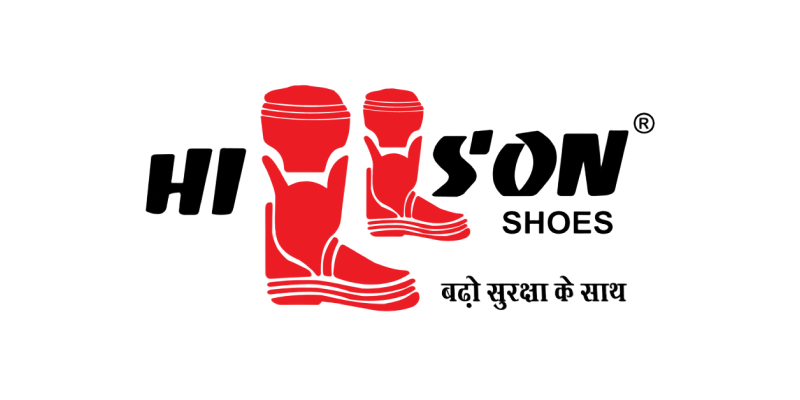In the diverse workplaces of the United Arab Emirates (UAE), where a wide range of industries and professions flourish, foot health stands out as a crucial element of worker well-being. Long hours on one’s feet, high temperatures, and the widespread use of safety footwear all contribute to the risk of foot problems. A healthy workforce is vital for maintaining productivity, and understanding the prevalent foot diseases in UAE workplaces, along with methods for prevention and management, is essential for both employers and employees.
Prevalence of Foot Problems in the UAE
Research into the health of UAE’s workforce has brought to light the importance of addressing foot health issues, especially given the significant rate of diabetes in the country. For example, studies conducted in Al-Ain district revealed the following among diabetic patients:
- 39% had peripheral neuropathy (PN)
- 12% had peripheral vascular disease (PVD)
- 35% reported symptoms of neuropathy and/or vasculopathy
These statistics highlight that foot health deserves attention in the workplace, especially considering that diabetes is widespread in the UAE population.
Common Foot Diseases in UAE Workplaces
The following table summarizes some of the most common foot diseases seen in UAE workplaces, along with symptoms, prevention strategies, and risk factors.
Disease | Symptoms | Prevention | Risk Factors |
Diabetic Foot Complications | Numbness, slow-healing wounds, dry skin | Regular foot exams, proper footwear, blood sugar management | High diabetes prevalence |
Plantar Fasciitis | Heel pain, worsens after standing | Supportive footwear, stretching exercises, orthotic inserts | Prolonged standing |
Athlete’s Foot (Tinea Pedis) | Itching, burning between toes, peeling skin | Keep feet dry, antifungal powders, breathable footwear | Hot and humid climate |
Corns and Calluses | Thickened skin, pain under pressure | Properly fitted shoes, protective pads, regular exfoliation | Ill-fitting shoes |
Ingrown Toenails | Pain and swelling around nail | Proper nail trimming, shoes with toe room, clean feet | Tight footwear |
Detailed Analysis of Common Foot Diseases
1. Diabetic Foot Complications
- Description: With the UAE ranking among the highest globally in type 2 diabetes prevalence, diabetic foot complications are a major concern in workplaces. People with diabetes are at higher risk for developing serious foot issues due to nerve damage and reduced blood flow, which can result in slow-healing wounds and increased susceptibility to infection.
- Prevention: Regular foot exams and proper footwear are essential. For employees with diabetes, blood sugar management, along with scheduled foot health assessments, can prevent complications.
2. Plantar Fasciitis
- Description: A common ailment among those who stand for long hours, plantar fasciitis involves inflammation of the tissue that connects the heel bone to the toes, leading to heel pain. This is particularly common in jobs that require prolonged standing, such as retail, healthcare, and construction.
- Prevention: Supportive footwear with good arch support can significantly help, as can regular stretching exercises and the use of orthotic inserts. Workers should consult specialists to ensure optimal footwear for their roles.
3. Athlete's Foot (Tinea Pedis)
- Description: This fungal infection affects the skin on the feet, causing itching, burning, and peeling, especially between the toes. Due to the UAE’s hot climate, athlete’s foot is prevalent, especially in workplaces with communal showers or changing rooms.
- Prevention: Keeping feet dry and clean, using antifungal powders, and wearing breathable footwear can help prevent athlete’s foot. Employers should also encourage proper hygiene practices in communal spaces.
4. Corns and Calluses
- Description: Caused by repeated friction or pressure, corns and calluses are thickened areas of skin that can become painful under pressure. This is often seen in workers who wear ill-fitting safety shoes or are on their feet for extended periods.
- Prevention: Ensuring shoes are properly fitted, using protective pads, and practicing regular foot care can help manage and prevent these conditions.
5. Ingrown Toenails
- Description: Often seen in workers who wear tight safety shoes or engage in activities that put pressure on their toes, ingrown toenails occur when the edge of a toenail grows into the surrounding skin, causing pain and swelling.
- Prevention: Proper nail trimming techniques, wearing shoes with adequate toe room, and maintaining clean feet are essential preventive measures.
Risk Factors in UAE Workplaces
Several factors specific to UAE workplaces contribute to the prevalence of foot diseases.
These include:
- Extended Standing: Jobs in retail, healthcare, and construction often involve long hours of standing, increasing the risk of foot problems.
- Safety Footwear: Ill-fitting or non-breathable safety shoes can exacerbate foot health issues. Workers need shoes that fit well and are designed for their specific job requirements.
- Hot Climate: The UAE’s high temperatures can lead to excessive sweating, which increases the risk of fungal infections like athlete’s foot.
- High Diabetes Prevalence: With a high rate of diabetes in the UAE, workers are more susceptible to foot complications, making workplace foot health initiatives essential.
Prevention and Management Strategies
For Employers:
- Provide Appropriate Footwear: Ensure that safety shoes are well-fitted and meet the specific requirements of different job roles. Options that include breathability and ergonomic design should be prioritized.
- Implement Foot Health Programs: Schedule regular foot health checks and host education sessions about foot care to proactively address potential issues.
- Design Ergonomic Workspaces: Anti-fatigue mats can help reduce strain for employees who stand for prolonged periods.
- Encourage Regular Breaks: Allow workers to rest periodically to reduce the risk of foot fatigue and strain.
For Employees:
- Practice Good Foot Hygiene: Regular washing, drying, and moisturizing help prevent common foot ailments.
- Wear Appropriate Socks: Moisture-wicking socks reduce the risk of fungal infections, which are more likely in hot environments.
- Exercise and Stretch: Performing foot and leg exercises improves circulation and reduces strain, which is particularly helpful for those who stand for long periods.
- Report Foot Problems Early: Persistent foot pain or discomfort should be addressed early to prevent complications.
Conclusion
Foot health in UAE workplaces is a significant concern, especially considering the high prevalence of diabetes and the challenging working conditions in certain industries. Both employers and employees can contribute to a healthier workforce by implementing comprehensive foot care strategies, ensuring access to appropriate footwear, and encouraging early intervention. Regular foot care practices, awareness, and proactive health checks will help manage these conditions effectively, fostering a safer and more comfortable working environment in the UAE.
Protective clothing shields workers from harmful substances, keeping them safe and comfortable. In the UAE, choosing breathable yet durable materials is crucial due to the hot climate.
Ideal Protective Clothing Should Offer:
- Chemical Resistance: Protects against splashes of corrosive cleaning agents.
- Breathable Fabrics: Lightweight materials enhance comfort in high temperatures.
- Ease of Maintenance: Garments that are easy to wash and quick-drying.
- Complete Coverage: Long sleeves and elastic cuffs provide full protection.
In environments with increased risk, such as healthcare facilities or industrial sites, protective clothing becomes even more essential.
Protective clothing shields workers from harmful substances, keeping them safe and comfortable. In the UAE, choosing breathable yet durable materials is crucial due to the hot climate.
Ideal Protective Clothing Should Offer:
- Chemical Resistance: Protects against splashes of corrosive cleaning agents.
- Breathable Fabrics: Lightweight materials enhance comfort in high temperatures.
- Ease of Maintenance: Garments that are easy to wash and quick-drying.
- Complete Coverage: Long sleeves and elastic cuffs provide full protection.
In environments with increased risk, such as healthcare facilities or industrial sites, protective clothing becomes even more essential.

